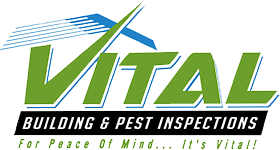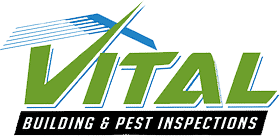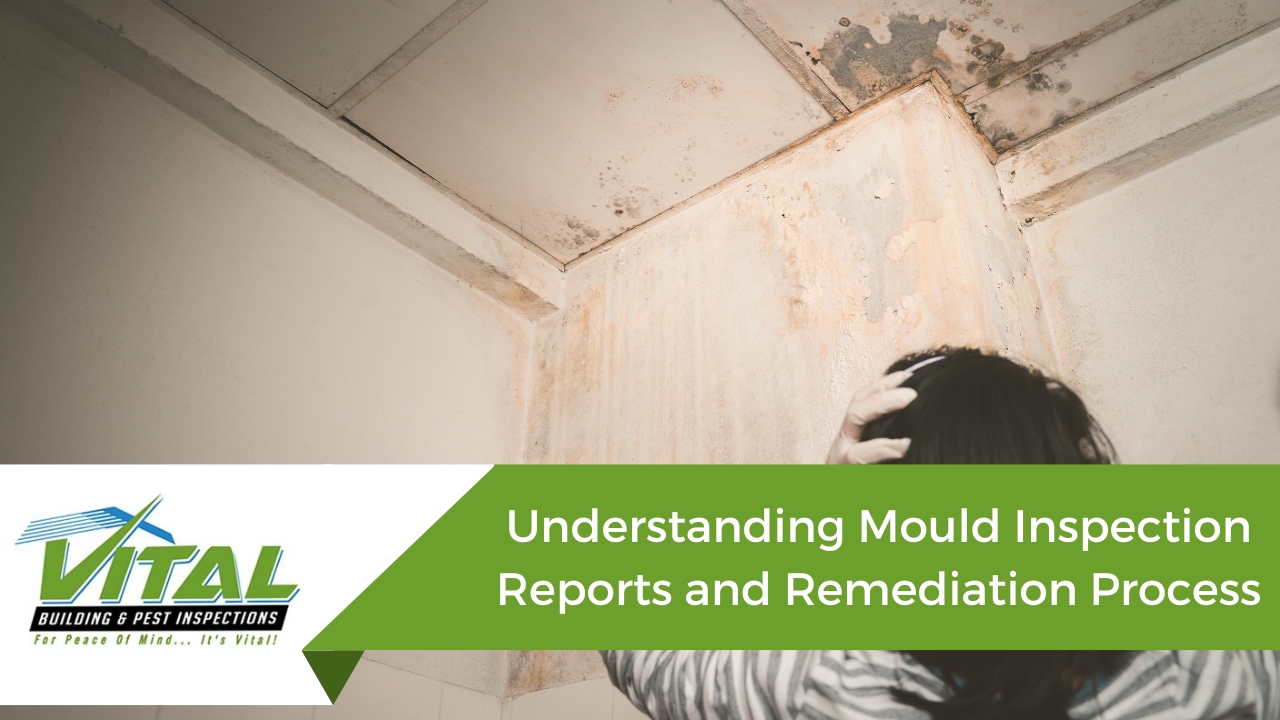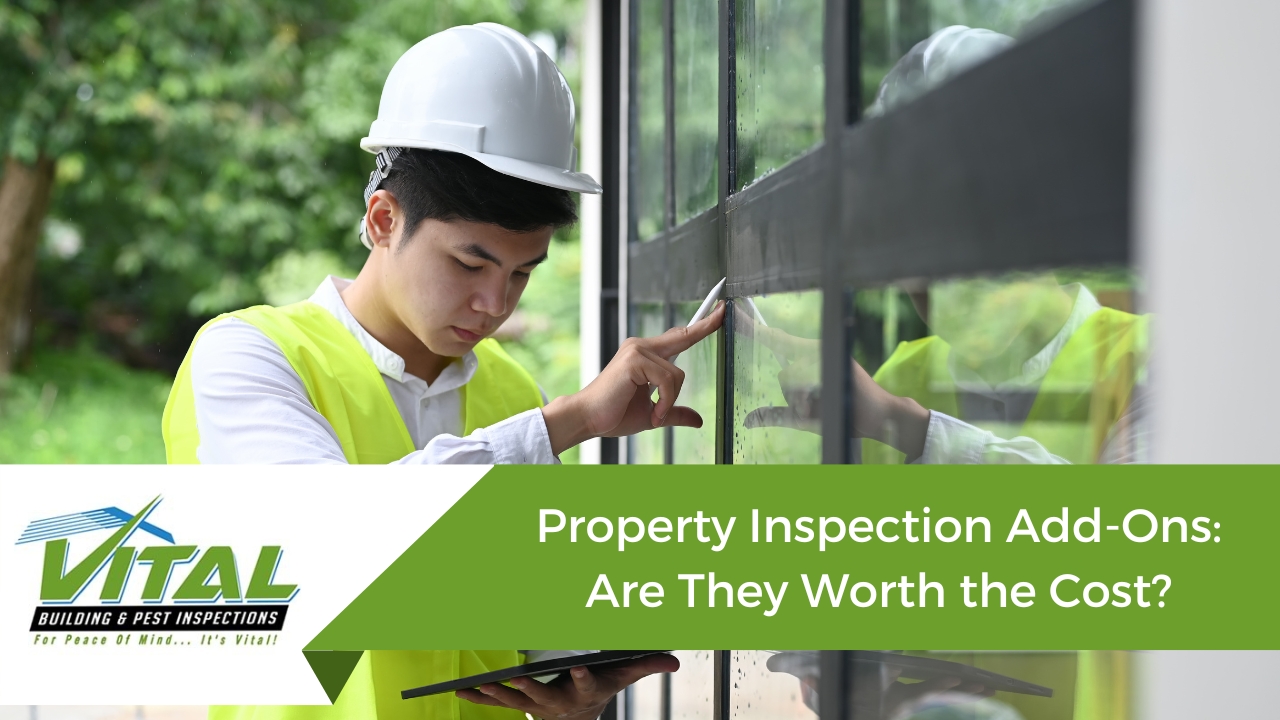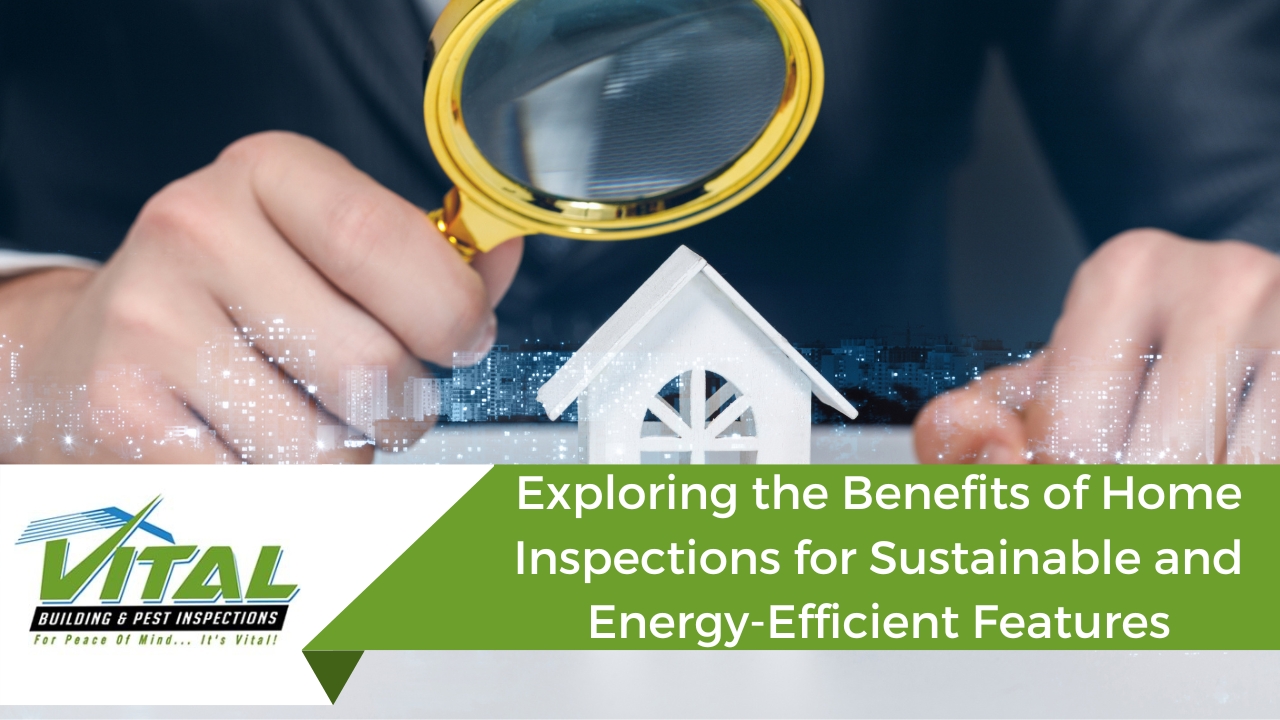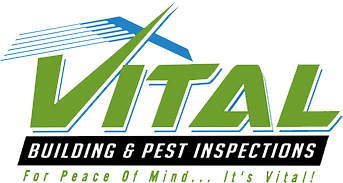Mould can be an unwelcome intruder in our homes or workplaces, silently impacting health, and property value. Did you know that a detailed mould inspection report is your first line of defence? This comprehensive guide will unveil the ins and outs of understanding mould inspection reports and the essential remediation process. Ready to gain peace of mind? Let’s delve into this crucial topic together!
Understanding mould inspection reports
A mould inspection report is a detailed assessment of potential mould growth in a property, providing important information on the extent of the issue and recommended remediation steps.
What is a mould inspection report?
A mould inspection report is a critical document created by certified occupational hygienists following a comprehensive assessment of a property. It isn’t merely an account of potential mould affected areas; it’s the first definitive step in tackling harmful mould growth, providing expert advice and peace of mind to property owners.
This report delves into the existing state of the property – highlighting mould buildup, defects, and instances where there may be noncompliance with building standards or incomplete work. Careful inspection often reveals hidden issues that could have significant implications for the health conditions within living spaces.
With regular inspections, these reports can help prevent serious problems from escalating further down the line while ensuring compliance with Australian health and safety regulations on fungal contamination management.
Importance of a detailed inspection report
A detailed inspection report is crucial when it comes to dealing with mould issues. It provides a comprehensive assessment of the property’s condition, highlighting any potential areas affected by harmful mould.
By having a thorough understanding of the extent and severity of the mould problem, homeowners or property owners can make informed decisions regarding remediation and ensure that all necessary steps are taken to address the issue effectively.
Key components of a mould inspection report
A comprehensive mould inspection report consists of several key components that provide valuable information about the extent and severity of mould issues in a property. These components include detailed descriptions of any visible mould growth, identification of affected areas, moisture assessment findings, air quality test results, recommendations for remediation measures, and an overall assessment of the property’s condition.
The report also includes photographs and diagrams to support the findings and enhance clarity. By encompassing all these crucial details, a thorough mould inspection report serves as a valuable tool for both property owners and professionals in effectively addressing mould problems.

The mould remediation process
The mould remediation process consists of an initial inspection and assessment, followed by the creation of a detailed report and quote, thorough mould treatment and cleaning, fogging the property to eliminate any remaining spores, and finally conducting a post-remediation verification to ensure that all traces of mould have been successfully eradicated.
Initial inspection and assessment
During the initial inspection and assessment stage of the mould remediation process, a professional inspector will carefully examine the property to identify any areas affected by mould. This comprehensive evaluation involves checking for visible signs of mould growth, such as discoloured walls or ceilings, musty odours, or dampness.
The inspector will also assess potential sources of moisture that may be contributing to the mould problem, such as leaks or poor ventilation. Inspectors may use advanced tools like thermal imaging cameras to detect hidden moisture issues behind walls or under flooring.
By conducting a thorough initial inspection and assessment, experts can accurately determine the extent of the mould issue and develop an effective plan for remediation.
Report and quote
During the mould remediation process, one crucial step is the creation of a comprehensive report and quote. This document serves as a detailed assessment of the mould issue within your property, outlining the extent of the problem and providing recommendations for effective remediation.
The report will highlight key findings from the initial inspection, such as areas affected by mould growth or sources of moisture that are contributing to its development. It may also include photographic evidence to support these findings.
With this information in hand, you can make informed decisions about how best to proceed with resolving the mould issue in your property. Many professional mould removal specialists offer this service free of charge as part of their commitment to helping you address and eliminate harmful mould buildup in your space.
Mould treatment and cleaning
During the mould remediation process, one crucial step is the thorough treatment and cleaning of affected areas. Mould buildup can be challenging to remove completely, which is why it’s important to rely on professional mould removal specialists who have the expertise and proper tools for effective cleaning.
They will use proven techniques such as HEPA vacuuming, dry ice blasting, or specialised mould removal products to ensure that all traces of mould are eliminated. Experts will also address any underlying moisture issues that contribute to mould growth and take necessary measures to prevent its recurrence.
Proper mould treatment and cleaning not only eliminate health risks associated with exposure to harmful moulds but also restore a safe and healthy environment for everyone involved.
Fogging the property
During the mould remediation process, one crucial step is fogging the property. This involves using specialised equipment to disperse a mist or fog of anti-microbial solution throughout the affected areas.
The purpose of fogging is to eliminate any remaining mould spores and prevent their regrowth. By reaching into those hard-to-reach nooks and crannies, fogging ensures a thorough treatment of the entire space.
It’s an effective way to ensure that your property is free from harmful mould and provides you with peace of mind knowing that the air you breathe is safe and healthy.
Post-remediation verification
Once the mould remediation process is complete, a crucial step to ensure its effectiveness is post-remediation verification. This involves conducting a thorough inspection and assessment of the property to confirm that all mould has been successfully removed and that the affected areas are now clean and safe.
A professional building inspector or certified occupational hygienist will carefully examine the property, checking for any signs of remaining mould or potential areas of recurrence. They may also perform air quality testing to assess the overall indoor environment.
This comprehensive verification process provides peace of mind, knowing that your property is free from harmful mould growth and ensuring a safe and healthy living or working space for you and your family or employees.

Importance of regular mould inspections
Regular mould inspections are essential to detect any potential mould growth early on, prevent health risks and property damage, and ensure a safe and healthy environment.
Early detection of mould growth
Early detection of mould growth is crucial for addressing mould issues promptly and preventing further damage. Mould can grow in damp and humid environments, often in hidden areas such as behind walls or under carpets, making it difficult to detect without a thorough inspection.
Regular mould inspections help identify any signs of mould growth before it becomes extensive and costly to remediate. By detecting mould early on, property owners can take immediate action to address the issue, preventing potential health risks associated with exposure to harmful mould spores and minimising property damage.
Timely intervention also ensures a safe and healthy environment for occupants, providing peace of mind knowing that their living or working space is free from potentially dangerous mould buildup.
Prevention of health risks and property damage
Preventing health risks and property damage is one of the key reasons why regular mould inspections are essential. Mould growth can release harmful spores into the air, which can be inhaled and lead to respiratory problems, allergies, and other health issues.
In conjunction with the health risks, certain types of mould can cause structural damage to your property if left unchecked.
By conducting timely mould inspections, you can detect and address any potential mould growth before it becomes a major problem. Identifying areas where moisture or humidity is trapped allows for targeted remediation efforts to prevent further mould development.
This proactive approach not only safeguards your health but also protects the integrity of your property.
Remember that professional building inspectors who specialise in mould detection have the expertise to identify hidden mould-affected areas that may not be visible to the naked eye. Their comprehensive assessments will provide you with accurate information about any existing mould issues and recommendations on how best to eliminate them.
Ensuring a safe and healthy environment
Creating a safe and healthy environment is paramount when it comes to addressing mould issues. Mould growth not only affects the structural integrity of your property but can also pose serious health risks to occupants.
By conducting regular mould inspections and implementing proper remediation processes, you can ensure that your home or workplace remains free from harmful mould.
Mould inspections play a crucial role in detecting hidden areas where mould may be thriving, such as behind walls or under flooring. With the help of certified professionals, thorough assessments are conducted to identify potential problem areas and provide expert advice on effective remediation techniques.
This ensures that all sources of moisture and mould growth are properly addressed, preventing any further damage or health hazards.
In addition to inspections, it’s essential to follow strict guidelines for maintaining air quality within the premises. Proper ventilation systems should be regularly checked and maintained to prevent excessive humidity levels and stagnant airflow – conditions that promote mould growth.
By taking these proactive measures, you can create an environment that is safe for occupants while mitigating the risk of recurrent mould issues.

Get your mould inspection reports from Vital Building & Pest Inspections
Understanding mould inspection reports and the remediation process is essential for maintaining a safe and healthy environment. By hiring mould removal specialists such as Vital Building & Pest Inspections and conducting regular inspections, property owners can effectively identify and address mould issues before they become a health risk or cause extensive property damage. Taking proactive measures ensures peace of mind and promotes overall well-being for occupants.
